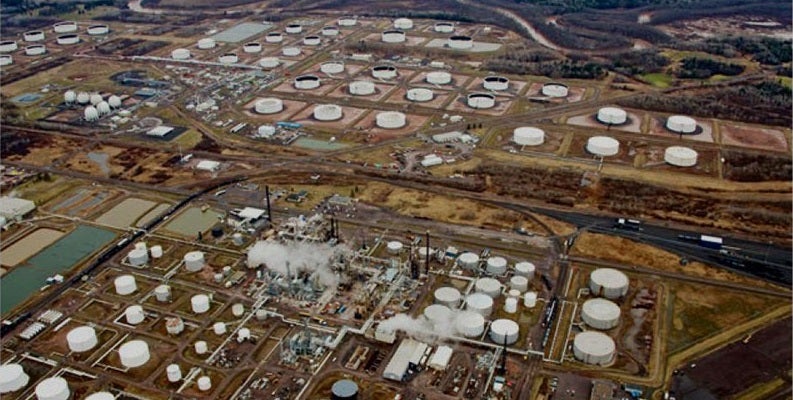

Sandpiper Pipeline project is a 616-mile (991km) pipeline being built by North Dakota Pipeline Company, a joint venture between Enbridge Energy Partners and Williston Basin Pipeline, in Minnesota, US.
The pipeline will transport Bakken light crude oil from North Dakota to Clearbrook, Minnesota, and to Superior, Wisconsin.
The project will be a long-term and reliable link for the transportation of crude oil to Enbridge’s terminals, the US and eastern Canada. It will expand the capacity of the existing Line 81 from North Dakota to Clearbrook and extend additional Line 81 volumes to Superior, Wisconsin.
The pipeline is expected to be completed and be in service by 2019. When operational, it will be the biggest crude oil supply pipeline in North Dakota.
Sandpiper Pipeline Project route and design details
The $2.6bn project is designed to transport 250,000 barrels of oil a day (bod) between Tioga and Berthold, 225,000bod between Berthold and Clearbrook and 375,000bod between Clearbrook and Superior.
The pipeline section from Beaver Lodge Station south of Tioga, North Dakota, to Clearbrook will be 24in in diameter, whereas the diameter will be 30in from Clearbrook to Superior. It will follow the right-of-way of Enbridge’s existing pipeline, electric transmission lines and other infrastructure, which are already in operation.
The project also includes construction of a pumping station, new storage tanks and metering facilities in Clearbrook, Minnesota.
The company will use advanced engineering practices, high-quality North American steel, special protective coatings, regular inspections and testing for its pipeline to protect the residents and natural resourced along its route.
The pipeline route, facility designs and construction methods are designed to minimise the environmental impact and will involve only temporary disturbances to land, wetlands and water bodies.
The pipeline will be constructed and operated in compliance with the US Pipeline and Hazardous Material Safety Administration (PHMSA) standards.
Project history
Enbridge has filed the Sandpiper Pipeline Project’s Certificate of Need (CN) and Route Permit (RP) applications in November 2013.
The Federal Energy Regulatory Commission (FERC) granted a declaratory order approving operational rates of project in May 2014. The North Dakota Public Service Commission approved the project in June 2014.
Project benefits of Sandpiper Pipeline
The project will help to meet the domestic energy needs and reduce the dependence on the imports of crude oil from less stable areas of the world. It will also help in freeing up the rail capacity for the transport of other products.
It will generate approximately 3,000 jobs during construction phase and also provide opportunities for new businesses for contracts for design, survey, environmental assessment and project planning processes. It is also expected to boost the local and regional economy through procurement of local products and materials during construction and through use of local hotel restaurants and services.
The company has already paid $34m towards Minnesota’s annual property taxes and expects to contribute an additional $25m following the project’s first year of operation.


